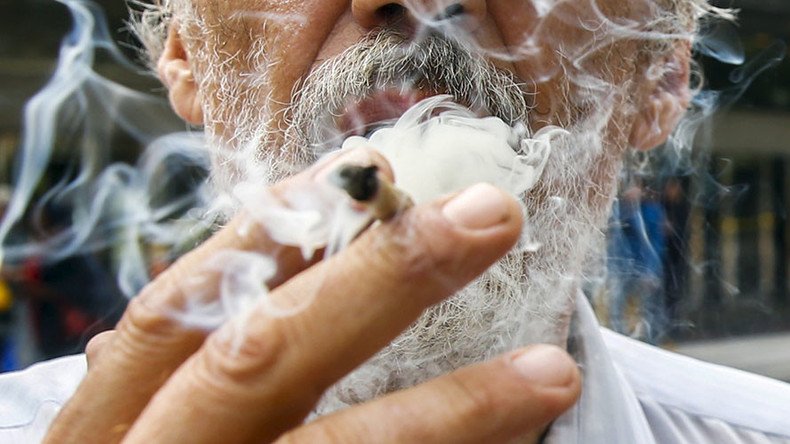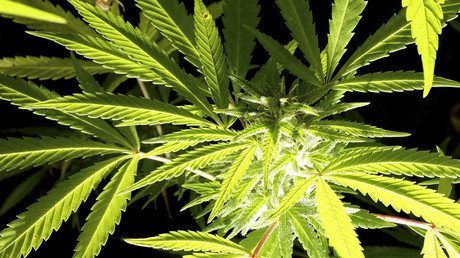US state laws for driving on marijuana are unscientific - AAA study

US laws governing driving under the influence of marijuana are unscientific, research reveals. Legal blood limits are not an adequate way of testing for impairment, and this technique may lead to the wrong drivers being prosecuted, the AAA says.
The science has been clear on alcohol - the more of it in your bloodstream, the worse off you are. But marijuana is not metabolized the same way by our body, so studies need to be done to understand if it’s the quantity of THC that is truly causing impairment. It was found that drivers can have a low level of THC (the active ingredient in marijuana) in their blood, and still be unsafe behind the wheel, while others with high levels may not be as dangerous. This turns traditional assumptions upside down.
Six states use blood-level tests to determine if the driver is impaired, but the study by the United States’ largest automobile club, commissioned by AAA’s safety foundation, found that you can’t test for impairment that way at all.
The foundation believes that instead a trained officer should determine if the person is truly too high to drive safely - and then back that up with a test for the presence of THC. But the study is clear that a particular amount of the chemical is no indicator.
This was made evident by seeing how people with relatively high levels of the chemical were at times safer behind the wheel than those with much lower levels. This is because marijuana isn’t metabolized by the body in the same way as alcohol.
At present there’s a debate in the US as to the correct limit of THC for safe driving - if there is such a thing. Weed advocates believe it’s important to arrive at good guidelines, because there are also states considering decriminalization, and there’s a danger that if a bill allowing the driver to be moderately high while driving does go through, it will be with the still-incorrect THC limit of 5 nanograms per milliliter. Illinois is one of 11 states currently considering decriminalization while behind the wheel.
There continues to be a nationwide push in the US to make pot available to the public in one form or another, and lawmakers are scrambling to write new bills to deal with the issue. So far, only four states have legalized weed for recreational use - Oregon, Washington, Colorado and Alaska. And there are 24 that allow it for medical use, many of which such as Illinois and DC are considering the switch to recreational use as well.
"It's an attempt to try to do an apples-to-apples comparison with blood alcohol concentration," Marijuana Policy Project senior legislative analyst Chris Lindsey told the Chicago Tribune, adding that this only backs up earlier research that THC levels are not an adequate marker.
Also problematic is that THC levels have a tendency to drop quickly, and it takes a couple of hours to administer a blood test. But the bigger issue here is that regular users exhibit higher continuous levels than less regular ones - meaning some people will always be guiltier, whenever a blood test is concerned.
The field tests the AAA suggest aren’t that different to being checked for alcohol-impairment by a police officer. Having bloodshot eyes and the inability to balance on one leg have made it onto the list of indicators. And they seem to work for alcohol, which causes one third of all driving deaths, according to Mothers Against Drunk Driving (MADD).
The reason the study was commissioned, however, is no cause for celebration. The foundation recently released another study, which documents a clear hike in traffic deaths in Washington DC since weed was made legal. Fatal crashes went up from eight to 12 percent between 2013 and 2014. However, it was also determined that all the cases involved other substances in the bloodstream, particularly the old culprit - alcohol. The study further determined that in no case was there direct evidence that impairment was caused by marijuana.














